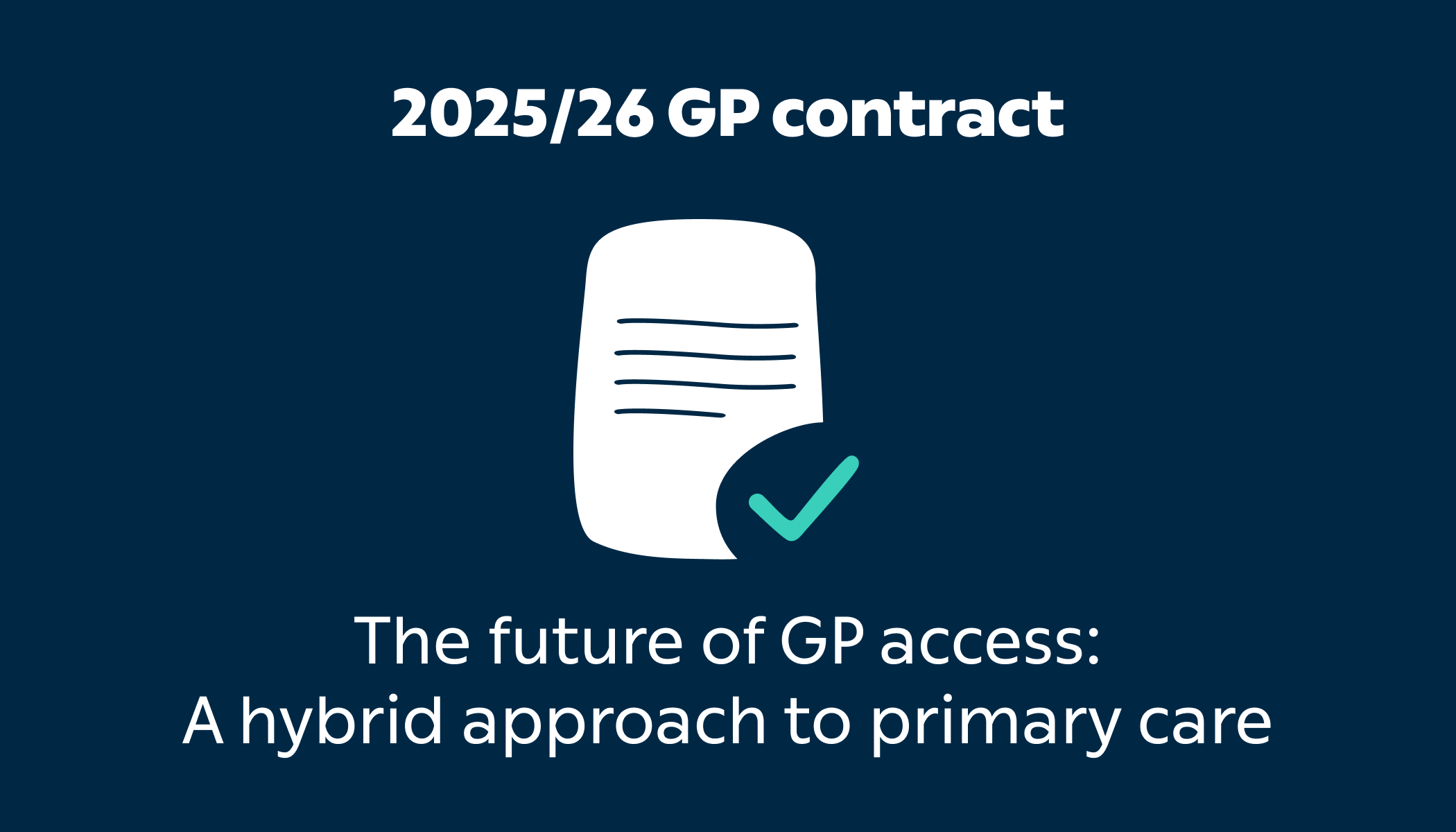With the UK general election just a week away, the topic of public healthcare and NHS value is hitting the news agenda. For the NHS, the priorities relate to waiting times and access to general practitioners (GPs). But healthcare pressures are growing at least three times faster than available resources. So, how should the party manifestos strike the right balance between shorter-term practical wins that the public can get behind, and the longer-term plans for overdue change? And, while commitment to investment is inevitable, is that the only answer? If the NHS were a business, wouldn’t it have failed by now?
When something is broken, the boldest reforms can often seem the most necessary. Some want to overhaul the NHS’s funding model for example.
According to The King’s Fund insight and analysis1 of the healthcare pledges, the sentiment from the three main political parties seems to focus on three areas:
Reducing waiting times for GP and hospital services
Delivering health equity
Modernisation, and further enabling patient self-service.
For example, The Labour Party points to using spare capacity in the independent healthcare sector to bring down hospital waiting lists. Also, it speaks to delivering a modern GP appointment-booking system and placing patients at the heart of healthcare delivery with data and innovation.
The Conservative Party manifesto talks of building community diagnostic centres and building or modernising 250 GP surgeries. It plans to roll out new digital health checks to 250,000 more people every year. When it comes to NHS buildings and equipment, the Conservatives plan to invest £3.4 billion in new technology, delivered through the ‘NHS Productivity Plan’.
Both parties talk of ensuring that patients can use the NHS App as a single interface for NHS services, including access to medical records, ordering prescriptions, booking vaccine appointments and managing hospital appointments.
While the Liberal Democrats manifesto offers a full chapter on care reform with a £9 billion rescue package to save the NHS and social care including giving everyone the right to see a GP within seven days, or within 24 hours if it’s urgent. And recruiting the extra doctors needed to make it happen.
Maybe the way to improve things is not with headline grabbing change promised but with the gradual development of parallel systems between private and public healthcare provision; freeing the full weight of the NHS from routine ailments to more serious patient needs. While Livi is not a political beast, it does have a proven blueprint for success in other parts of Europe under Kry, where its operating model to offer digital and physical healthcare is leading to improved efficiency, at lower costs of care per patient. In the UK, it has supported more than 1,000 partnerships across Integrated Care Systems (ICSs), GP Federations, Primary Care Networks (PCNs), and practices, successfully resolving 95 percent of patient cases on the first interaction. This allows GP practices to dedicate more time to patients who require in-person support. In Europe its dedicated end-to-end care pathways connect the dots for those living with chronic diseases such as obesity. In Sweden for example, we are seeing that those living with chronic diseases are experiencing fewer instances of care through self care programs and holistic care management where primary and secondary care are connected.
So, perhaps a better approach would be to deliver a next generation UK healthcare manifesto? For example:
Scale the use of digital technologies that can reduce the number of steps an NHS patient has to take to treatment and recovery. Reducing bureaucracy helps people to ‘self-serve’ their own healthcare, while lowering costs and improving care.
Meet patients at the right level of care whether that is delivered through digital or face to face appointments.
Couple digital technology with clinical expertise to offer a range of solutions across the healthcare system. This maps with the published strategies from NHS England for example, to find efficiencies, change the way the NHS works to derive best value, become more agile, and strengthen partnerships to scale nationally not just at a local level.
Consider technological innovation such as artificial intelligence (AI) to address the pressing issue of paperwork and administration in the NHS. On average, NHS workers spend nearly 14 hours a week doing administrative work, a 25 percent increase over the past seven years.
Adopt technology to deliver system wide savings not just at a local level. Digital can open new channels and enable workforces at scale, while a national prescription/medication system could not only increase patient safety but also reduce administration and friction.
Commercial sector industries would not expect to improve productivity through sub scaling or without this kind of commitment to transformation. There is hope. And it lies with finding large-scale efficiencies with the innovative but simple application of technology. In a few years, every patient will have digital and physical care interactions, regardless of patient diagnosis or treatment needs. We need digital to assure health equity, and to connect the dots so that patients can navigate care and appointments without friction. Digital care can and will complement physical care, but it will drive efficiency and lower costs to the taxpayer.
Whatever the outcome of 4th July. Livi is committed to being a valuable partner to the NHS and will support policies that embed digital at the core of care delivery systems.


